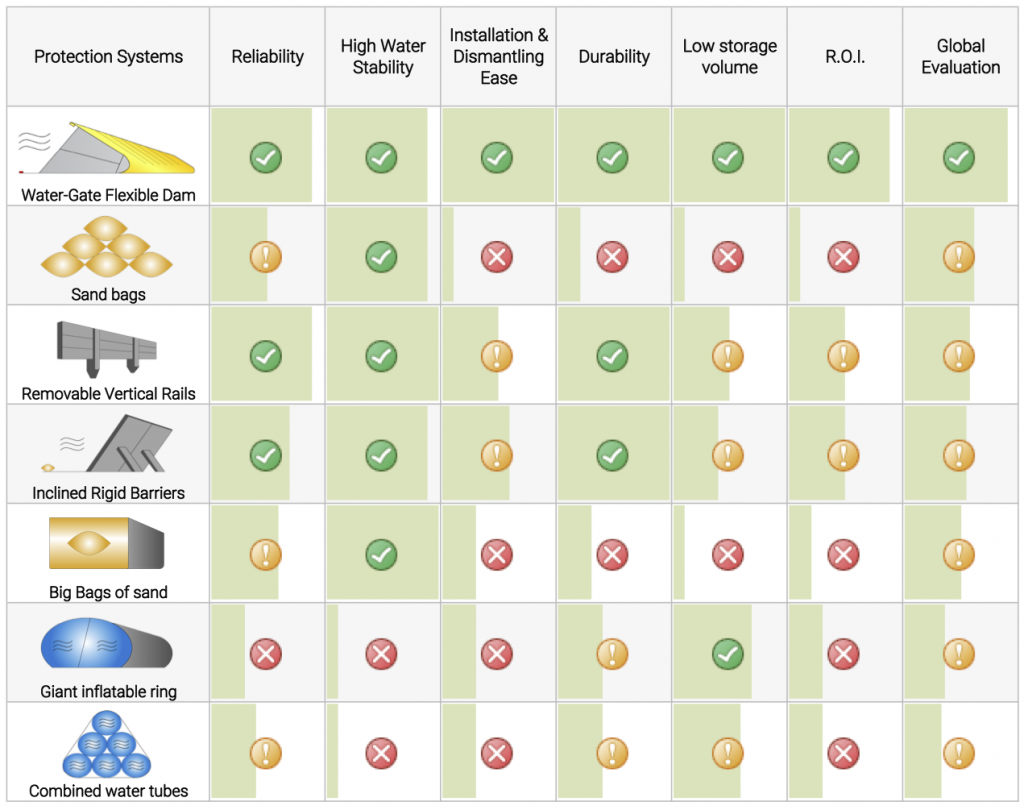This assessment of various anti-flood systems is a summary of a study that was conducted by Megasecur SE Inc. to compare the strengths and weaknesses of the Water-Gate© flood barrier relative to its competitors.
The results that we communicate come from our experience, enriched with information found on the Web, product manuals, users and customers feed-back and also, in some cases, by the manufacturers themselves.
We considered that all the systems, if properly implemented have broadly equivalent sealing performance.
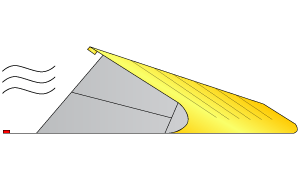 |
PVC Fabric, Integrated Ballast, Autofill Operation, Auto deploy, Auto Block |
| Water-Gate Flexible Dam | |
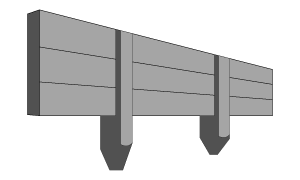 |
Beforehand, the fasteners must be installed in the ground to receive the aluminum beams. Sealing ensured by rubber seals. |
| Removable Vertical Rails | |
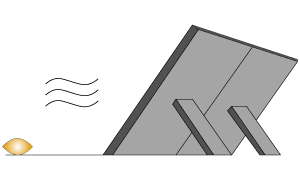 |
Aluminum or galvanized steel structure to be installed on ground and then covered with a plastic sheet provided with a ballast chain. |
| Inclined Rigid Barriers | |
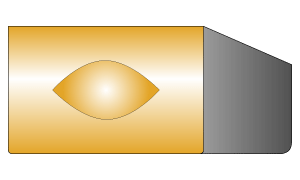 |
Polypropylene Flexible Intermediate Bulk Containers (FIBC) filled with sand and then covered with a waterproof tarp. |
| Big Bags of sand | |
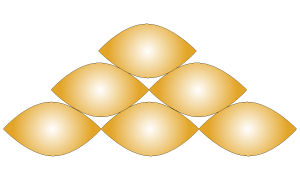 |
Polypropylene bags filled manually with sand or using machines. |
| Sand bags | |
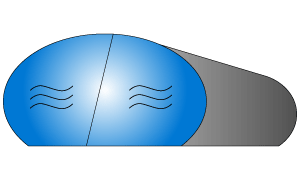 |
Large flexible PVC tube with partition inside and filled with water. |
| Giant inflatable ring | |
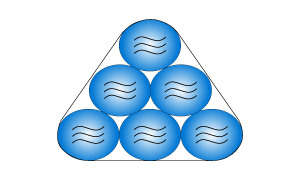 |
Combination of several PVC tubes filled with water and tied together. |
| Combined flexible water tubes |
| Reliability | 1. Ability of the protection system to withstand extreme conditions: drifting trunk impact, wall or tree falling on protection, repeated waves impact, perforation of the dam, seals resistance to pressure, overflow. 2. Safety standards or installation method certified by the manufacturer. |
| High Water Stability | Ability of the protection system to remain in place when the water level reaches the maximum protection level. |
| Installation & Dismantling Ease |
1. Ability of the protection system to be implemented in case of emergency, without incident (state of the stored materials, labor, accessibility, tools, heavy equipments) 2. Quick to implement 3. Installation Cost 4. Cost of dismantling, decontamination and storage |
| Other equipment required | Equipment for transportation, lifting, assembly tools, impoundment pumps. |
| All terrain adaptability | Ability to install protection on land with the steep ascents and descents of several decimeters per meter while preserving the seal (sidewalk, wall, ditch, slope …). |
| Flexible line protection | Easy to bend at any angle and any direction. |
| Installation during flood | The flood begins to invade the site where the protection will be installed and the water level has already reached 10 cm. |
| Crossing during flood | Ability of a vehicle to pass on the protection system with at least 20 cm of flood water. |
| Repair during flood | Ability to repair or replace some components of the protection system if significant damage occurs during the flood. |
| Durability | Protection system that can be easily removed without being damaged, reusable several times and low sensitivity to long-term storage. |
| Low storage volume | Storage volume required for complete protection system. |
| Cheap buying | Cost of purchase or rent of complete protection system and additional equipment. |
| R.O.I. | Return On Investment = protection granted for 10 years / sum of the costs of purchasing, installation, dismantling and maintenance of the protection system. |
| Global evaluation | Average rating of the protection system on all criteria. |

